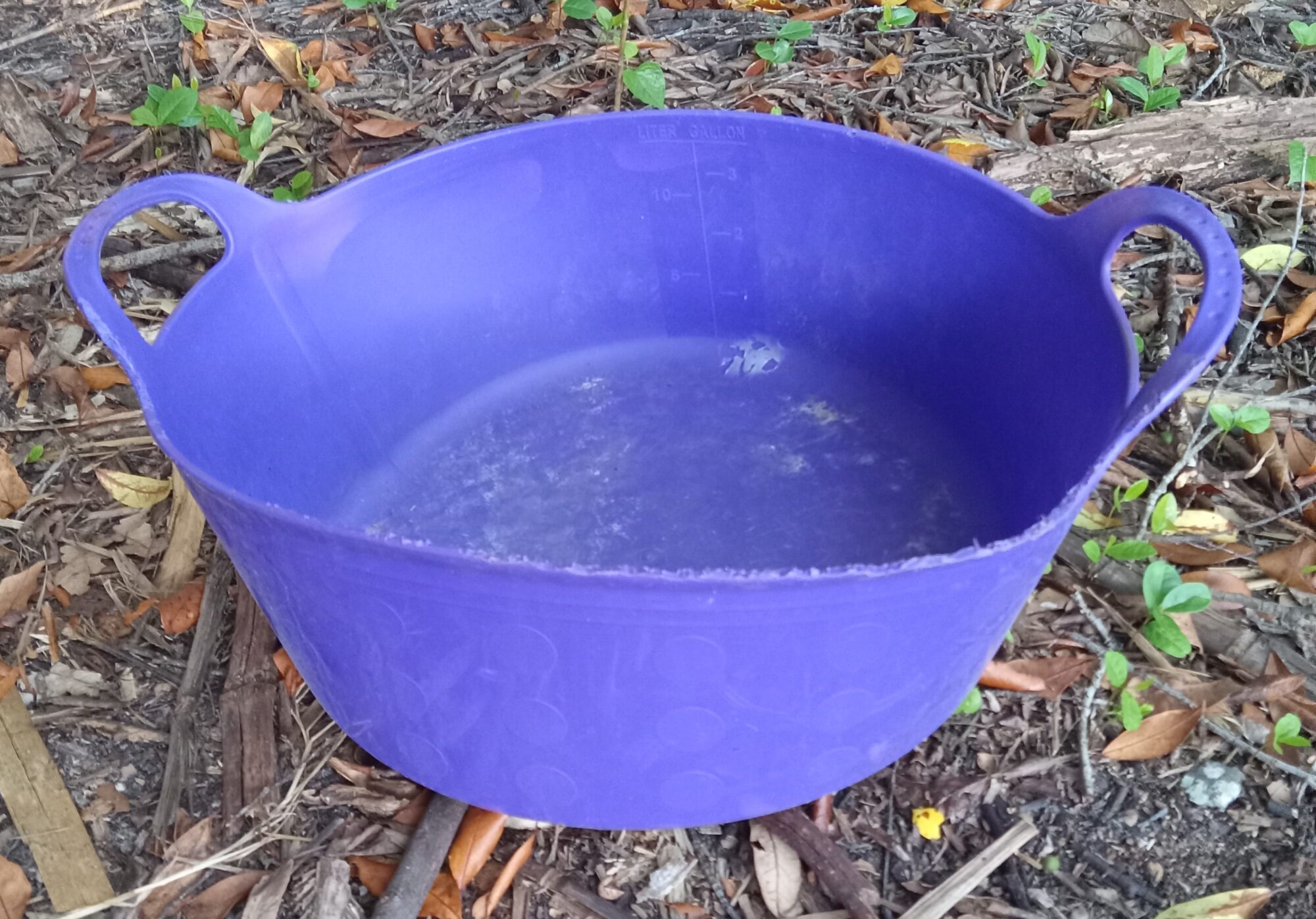Rabbit nesting boxes are essential for any rabbit owner, especially those who breed rabbits. They provide a safe and comfortable space for does (female rabbits) to give birth and care for their kits (baby rabbits). There are several styles of rabbit nesting boxes, each with its unique features and benefits. This blog post will explore four main styles: wooden boxes, metal boxes, plastic boxes, and DIY boxes.
Wooden Nesting Boxes
Wooden nesting boxes are the traditional choice for many rabbit breeders. They are typically made from untreated pine or plywood, providing a natural and comfortable environment for the doe and her kits. The wood helps to absorb moisture, keeping the nest dry and warm. However, wooden boxes can be challenging to clean and may harbor parasites if not properly maintained. They also tend to wear out faster than other materials, requiring regular replacement.
Metal Nesting Boxes
Metal nesting boxes, often made from galvanized steel, are durable and easy to clean. They are resistant to chewing, a common issue with wooden boxes. However, metal boxes can be cold, which is not ideal for newborn kits. To mitigate this, they are often lined with hay or straw to provide insulation. Some metal boxes come with a removable wooden floor for added warmth.
Plastic Nesting Boxes
Plastic nesting boxes are a modern alternative that combines the benefits of both wooden and metal boxes. They are durable, easy to clean, and resistant to chewing. Plastic boxes are also lightweight and often come in a variety of colors. However, they may not provide as much insulation as wooden or metal boxes, so additional bedding material is necessary.
DIY Nesting Boxes
For those who prefer a hands-on approach, DIY nesting boxes can be a cost-effective and customizable option. They can be made from a variety of materials, including wood, plastic, and even cardboard. The size, shape, and design can be tailored to the specific needs of your rabbits. However, DIY boxes require time and skill to construct, and like wooden boxes, they may need frequent replacement. If you are interested in building your own nest box, here is an excellent tutorial from Homestead Lifestyle.
When choosing a nesting box, consider the size of your rabbit, the climate, and your ability to clean and maintain the box. The box should be large enough for the doe to move around comfortably but small enough to make her feel secure. It should also have high sides to prevent the kits from falling out.
Regardless of the style, all nesting boxes should be filled with suitable nesting material, such as hay or straw. This not only provides warmth and comfort but also encourages the doe’s natural nesting behavior.
In conclusion, the style of rabbit nesting box you choose depends on your specific needs and circumstances. Whether you opt for a traditional wooden box, a durable metal box, a modern plastic box, or a custom DIY box, the most important thing is to provide a safe and comfortable environment for your doe and her kits. With the r
The standard rabbit nesting boxes marketed for beginners and for the pet trade are metal with a piece of wood for the floor. These are great, and they work well, but after a few litters the piece of wood really needs to be replaced. While this might not be a problem for the average person with a handsaw, a tape measure, and wood, for some of use we don’t have that laying around and don’t have time to go shipping, or space to store the tools.
So this homesteader went on a quest to find a rabbit nesting solution that can be disinfected after each use, and is also inexpensive. Luckily my friend Rural King had a solution, low sided plastic baskets. We tried this out with one of the does, Princess Isabella, and it works great as a nesting solution. However, she or the kits did chew a little bit of the plastic off the top of the basket, which isn’t ideal. But they were cheap, and $12 each, and is still usable. So it is much easier more sustainable solution.
